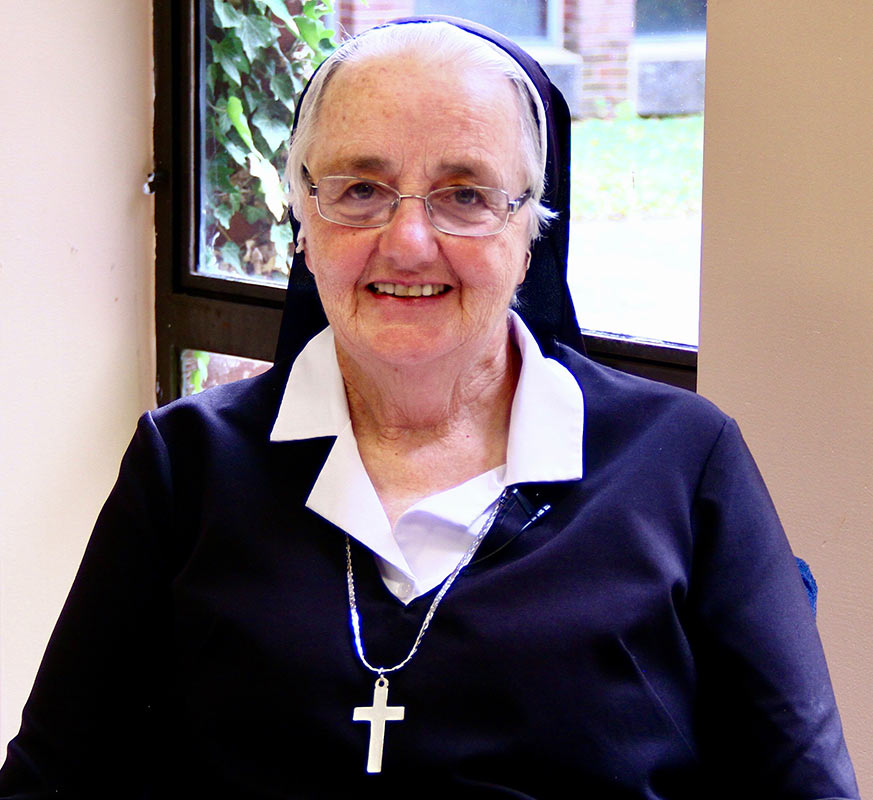The First Atomic Bomb
On July 16, 1251, Our Lady of Mount Carmel appeared to St. Simon Stock and gave him the brown scapular, a symbol of protection and a sign of trust in God. On July 16, 1858, in the final apparition at Lourdes, Mary appeared as Our Lady of Mount Carmel. On July 16, 1945, the first atomic bomb, code named Trinity was detonated at White Sands Missile Site in New Mexico.
On August 6 and 9, 1945, the second and third atomic weapons were detonated over Hiroshima and Nagasaki, Japan, killing half a million people. Twenty-five years ago, at the fiftieth anniversary of the bombings, The Smithsonian Institute in Washington, D.C. had an exhibit about it, with a replica of the Enola Gay, the plane that dropped the first bomb. Public outrage at showing photographs of the victims of the bombings was so great that they were removed from the exhibit. The curator of the museum resigned in protest. Seventy-five years later we still refused to look at what we did.
If we cannot admit the evil of the bomb, then we certainly cannot repent of the sin. In 1988, Fr. Richard McSorley stated: “Our intent to use nuclear bombs on people is the tap root of violence in our society. Unless and until we repent, there is no hope of any broad scale improvement in public morality.”
Every year since 1990, a small group of people have gathered just outside the original Trinity Test Site in the desert of New Mexico. From sunset on the 15th of July through sunset on the 16th, they keep vigil in prayer in repentance for the bombing and in petition for protection from nuclear weapons.
On land rented from the Bureau of Land Management, tents are set up, port-a-johns rented, chairs carried in from town, and a table becomes an altar. Eucharist begins the vigil. At the foot of a multi-billion dollar industry in weapons on the mountains of White Sands Army Base, a handful of people sing and pray and keep vigil through the night and the next day. Desert winds and heavy rains at night often destroy the tents; heat consumes strength during the day.
Just before dawn on the 16th, at 5:25 A.M., silence, song and tears mark the exact time of detonation. Refusing to believe that faith and love are powerless over hate and weapons, the way of the cross is made at stations surrounding the prayer tent. The vigil continues into day as the sun bakes the desert. Hour after hour people kneel or sit in the presence of the Blessed Sacrament, exposed on the altar for the 24 hours. Rosaries can be heard but the silence is even louder in the barren landscape.
Just before sunset the final Liturgy begins. Eucharist is the nonviolent prayer of the nonviolent Jesus. It is Jesus choosing to be victim so as to be victorious. His way is not the American way, nor the way of the world; but it is supposed to be the way of the Christian. Trinity is not merely a code name; it is a sacred word of a Father who embraces all, of a Son who loves all and of a Spirit who is the breath of life for all. We abide in their passionate union with each other. It is who we are. It is why we are in a desert of destruction praying for new life. We are there in the name of the Father and of the Son and of the Holy Spirit.
Article first published by the Rhode Island Catholic
